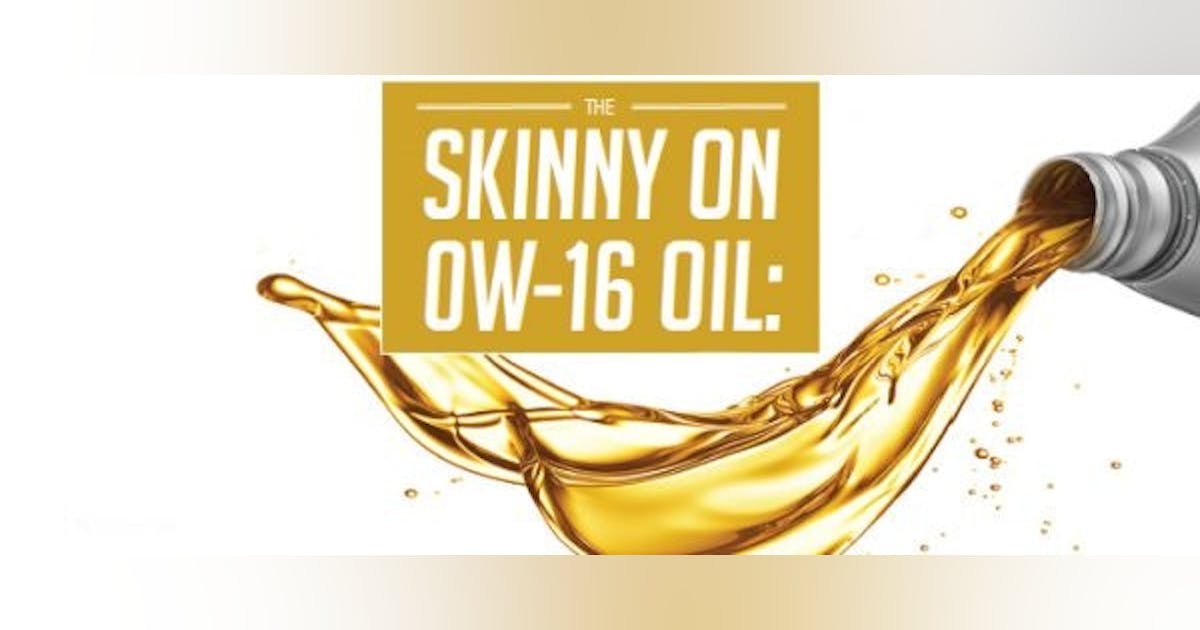Due to recent snow was in the dealership. I saw a technician pouring https://www.amazon.com/dp/ (commissions earned) into definitely a 2017 CX-5. I see 0W-16 is just 4 points from recommended 0W-20 but after checking I see it's the same company who actually makes the Mazda oil and also this one seem to be GF-6B vs GF-5 and in my dummies mind I think is more recent?
Question is - does anyone have any opinion positive or negative w.r.t. to 0W-16 vs 0W-20 and also GF-5 vs GF-6B specifically against CX-5 non-turbo?
Question is - does anyone have any opinion positive or negative w.r.t. to 0W-16 vs 0W-20 and also GF-5 vs GF-6B specifically against CX-5 non-turbo?

